Nope. The fastest relays we got - reed relays - switch in about 100us. That's eternity as far as overvoltage on digital logic goes.
Now, you can coerce them to go a few times faster, perhaps as fast as 5-10us, but there's no guarantee they'll survive too many cycles of it, as what you essentially do is discharge 100-200V from a capacitor via a diode into a coil of a 12V reed relay...* In some types, the coil just rips itself apart from electromagnetic forces, without even having a chance to melt down the insulation.
Don't get hung up on a thyristor - you can use it, but you can use any other equivalent latching circuit made from silicon devices.
The circuit below uses an SCR formed by Q1-Q2, followed by a switch Q3 that turns on when the SCR has latched, causing the crowbar M1 to conduct.
Once the SCR is latched, VCC can fall back to zero and the crowbar will stay active - until 12V is removed.

simulate this circuit – Schematic created using CircuitLab
As shown, the circuit is configured to trigger at 3.6V - as if it was protecting a 3.3V logic supply. The triggering action is clean and decisive. Assuming 1 ohm power supply source impedance, the output voltage is low enough to keep most of the 3.3V ICs off and safe:


*I've been playing with reed relays to see ultimately how fast they could switch in a digital computer application. Turns out they can switch much faster than anyone would think when the word "relay" is heard.


